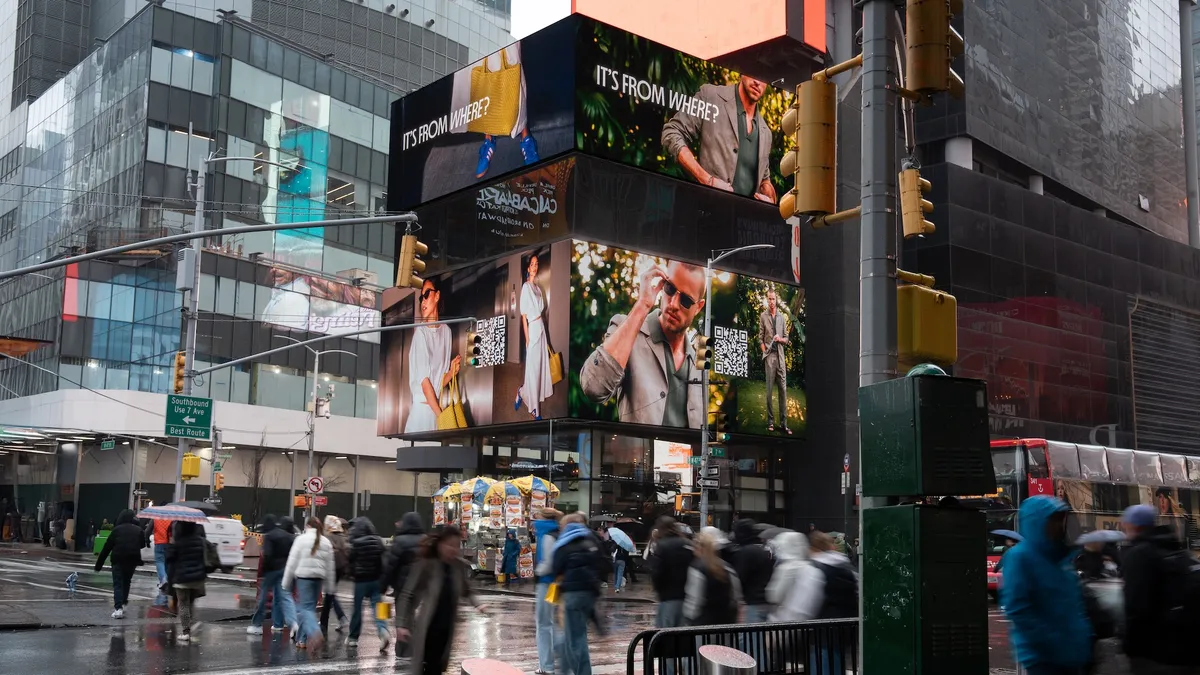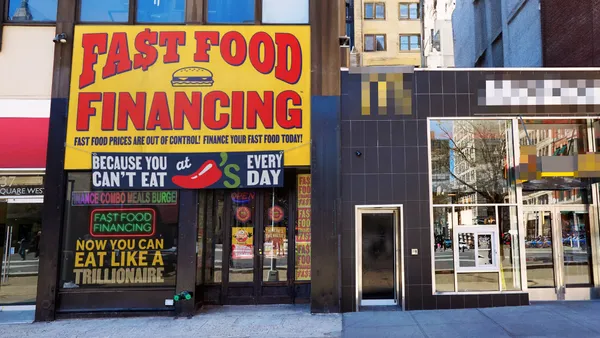Google is testing a host of new uses for generative artificial intelligence (AI) in its campaign creation tools, a move it says should ease the workflow of digital marketers, the company shared at its Marketing Live summit today (May 23). The tech giant is angling to shore up a dominant role in search advertising following several months of rapid progress by competitors integrating AI, with the latest updates centering on products that can quickly produce advertising assets and surface more tailored sponsored links.
For Google, AI has become a central part of its response to a raft of headwinds, including a slowdown in search growth and sharper competition from platforms like TikTok and Microsoft’s Bing. The company also views AI as a way for marketers to navigate shifts such as the deprecation of third-party cookies in its Chrome browser, which will begin in the first quarter of next year for a small percentage of users.
“Shifting privacy and regulatory changes mean that digital advertisers have to be more nimble and adaptive than ever before,” Dan Taylor, vice president of global ads at Google, during a recent press roundtable. “This is where we feel AI-powered solutions really come in.”
Efficiency play
The Marketing Live developments come as the search giant envisions AI as a technological sea change comparable to the one brought on by the advent of smartphones over a decade ago.
“Once the industry embraced that [mobile] change and the innovation that it made possible, we were able to unlock a huge opportunity for digital marketers and consumers around the world,” said Taylor. “I think we're at a similar inflection point today with AI.”
In terms of what is new, Google is layering a conversational experience into Google Ads that promises a faster way to launch paid search campaigns. Marketers can submit a link to their website into the program, which Google AI scrapes and summarizes. The takeaways can be edited by human hand, with Google then surfacing keywords that align with a brand’s desired value proposition, which can be further evaluated for accuracy. Finally, the feature generates suggested text headline descriptions and images pulled from the marketer’s website and a stock library. It also has an ad strength meter to help marketers assess potential effectiveness.
Executives said that responses with the chat, which is soon entering closed beta in the U.S., are functionally limitless, though there is only a fixed number of assets that can be produced.
“We're experimenting, as part of the beta, with what that limit ought to be,” said Brian Burdick, senior director of search ad automation at Google.
Google is also leveraging generative AI to try and make paid search ads more relevant to queries. Last year, the tech firm introduced automatically created assets (ACA) that analyze a marketer’s landing pages and existing ads to produce fresh headlines and descriptors for search. ACA will receive enhancements from generative AI so that it can better mold to specific searches.
“Under the hood, the models generating them are getting more sophisticated,” said Burdick of ACA, while noting the actual interface will appear largely the same for advertisers using it.
With the revamped ACA, a consumer with dry, sensitive skin browsing for skincare products might be served a more bespoke headline in the sponsored response at the top of their query, like “Soothe Your Dry, Sensitive Skin,” according to an example Google shared.

“This helps [marketers] maintain performance and adapt to changing consumer demand, all automatically,” said Burdick. “Early adopters of automatically created assets for headlines and descriptions see 2% more conversions at a similar cost-per-conversion among ad groups with responsive search ads.”
Performance Max, Google’s first fully automated ad product, is similarly integrating generative AI to bolster efficiency. Lastly, Google is rolling out a Product Studio to assist e-commerce merchants in making a higher volume of product imagery at a lower cost.
The offering comes with three features: Adding background scenes that can be modified to specific occasions or seasons, removing undesired background images and improving resolution. Product Studio will be made more widely available in the coming months via Google’s Merchant Center Next portal and through the Google and YouTube app on Shopify. Early pilots are targeted at a select group of smaller businesses that don’t typically have the resources to scale these types of efforts.
“We're really going after the merchants that are struggling to actually create the assets with the right content that is needed to engage with users,” said Jeff Harrell, senior director of shopping at Google.
AI takeover
Google Marketing Live’s focus on generative AI is unsurprising, following an I/O developer conference that teased major changes to search, including an experimental Search Generative Experience (SGE) that is Google’s answer to software like ChatGPT. Google joins tech peers in moving fast to preview new AI bells and whistles amid a highly competitive market.
Meta Platforms earlier in May showcased an AI Sandbox tool that lets advertisers create multiple versions of text copy, generate backgrounds based on text inputs and automatically crop images to best suit different surfaces on its apps, as well as additions to its Meta Advantage automated advertising suite. Microsoft has also been aggressively promoting a revamped Bing search engine and chat interface that is supported by OpenAI, which has given it an early mover lead on Google.
Google’s SGE is beginning to run search and shopping ads to see how users react, with placements that appear similarly to traditional search, including with a bolded sponsored label. But given SGE’s limited availability, it may be hard to measure results against traditional search, executives suggested.
“It's an experiment inside of an experiment. Right now, we don't have any ads performance data to report on that,” said Taylor.
When asked by reporters about whether the AI creation tools might result in a world where ads look more samey due to the same automation levers being pulled, Taylor indicated that it is mostly in the marketer’s hands to ensure their output is distinctive and representative of their brand.
“[ACA] as well as the generative AI creative that are part of this experience are all going to be grounded in the assets and the website and the content that the advertiser provides,” said Taylor.
“That is always going to be tied back to the source of truth, as well as advertisers having the ability to edit, customize and remove any of those creative suggestions,” he added. “We still very much feel like the marketer is going to be in control of the message through those means.”























